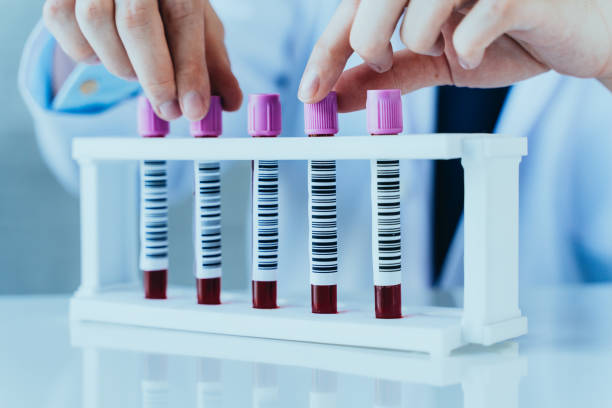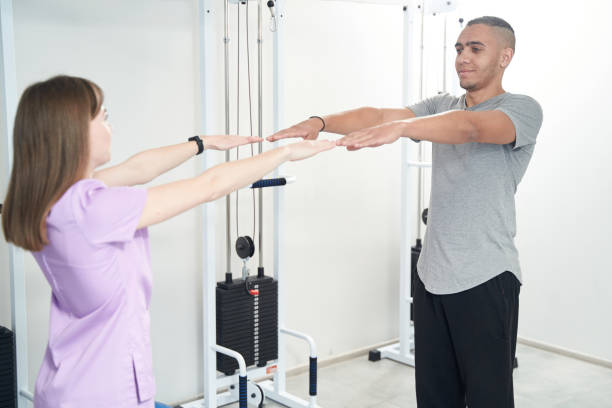Nitric Oxide Testing
Nitric Oxide (NO) plays a vital role in cardiovascular health, oxygen delivery, and exercise performance. It is a signaling molecule that regulates blood flow, enhances oxygen efficiency, and supports overall fitness. Nitric Oxide Testing provides valuable insights into an individual's health, helping to optimize performance, recovery, and general well-being. One of the most advanced devices for this purpose is the NNOXX, which measures key indicators such as blood flow, oxygen delivery, and workout readiness. By using Performance Readiness Scoring (PRS) and SMO2 (muscle oxygen saturation), athletes and fitness enthusiasts can fine-tune their training and recovery strategies to achieve peak performance.
The NNOXX device measures the key indicators of blood flow, oxygen delivery, and overall fitness. Gauge your readiness for exercise, your effectiveness and efficiency and get work-out recommendations to improve performance and recovery. Gauge workout readiness in four minutes with Performance Readiness Scoring (PRS). Combined with SM02 these measures can provide ways to enhance training and recovery.
Importance of Nitric Oxide in Exercise and Performance
Nitric oxide is crucial for athletic performance because it enhances oxygen delivery and blood circulation. Higher NO levels allow muscles to function efficiently, reducing fatigue and improving endurance. This is why elite athletes use NO testing to optimize their training schedules. When NO levels are low, workouts may feel more strenuous, and recovery times can increase. Regular monitoring with devices like NNOXX ensures that an individual’s fitness levels are at their peak before intense training or competition.
In addition to fitness applications, NO testing is beneficial for individuals with cardiovascular concerns. Since NO helps regulate blood pressure and vascular function, tracking its levels can be a proactive approach to heart health. Athletes and non-athletes alike can benefit from understanding how NO affects their overall wellness.
Nitric Oxide Testing in Sports Science
The application of NO testing in sports science has revolutionized the way athletes train and recover. By using devices like NNOXX, sports scientists and trainers can gather real-time data on oxygen utilization, muscle efficiency, and workout readiness. This information allows them to create personalized training programs tailored to an individual’s physiological response.
One of the key advantages of NO testing is the ability to identify overtraining risks. If an athlete's NO levels are consistently low, it may indicate excessive physical strain, leading to poor recovery and increased injury risk. By adjusting training intensity based on NO data, athletes can prevent burnout and maintain a sustainable fitness regimen.
Another important factor in sports science is the ability to track improvements over time. NO testing allows for precise measurements of fitness progression, making it easier to assess the effectiveness of training plans. With consistent monitoring, athletes can make data-driven decisions to maximize their potential.
Factors That Affect Nitric Oxide Levels
Several factors influence nitric oxide production and overall levels in the body:
- Diet & Nutrition – Foods rich in nitrates (e.g., leafy greens) boost Nitric Oxide production.
- Hydration Levels – Dehydration can negatively impact Nitric Oxide synthesis.
- Exercise Intensity – High-intensity training increases Nitric Oxide production, while excessive strain may deplete it.
- Age & Genetics – Nitric Oxide levels tend to decline with age, affecting performance and recovery.
- Sleep Quality – Poor sleep reduces Nitric Oxide production, impacting energy levels.
- Stress & Lifestyle – Chronic stress and poor lifestyle choices can lower Nitric Oxide availability.
- Supplementation – Some athletes use Nitric Oxide boosters to enhance performance and endurance.
Understanding these factors helps individuals make informed lifestyle changes to optimize their nitric oxide levels and overall fitness.
Conclusion
Nitric Oxide Testing is a valuable tool for athletes, fitness enthusiasts, and individuals looking to optimize their health. By using devices like NNOXX, users can measure key indicators of blood flow, oxygen delivery, and workout readiness in just minutes. Whether used for improving athletic performance, preventing injuries, or monitoring cardiovascular health, NO testing provides actionable insights that support overall well-being. With the right approach to training, nutrition, and recovery, individuals can leverage nitric oxide data to achieve their fitness and health goals more efficiently.
How often should I test my nitric oxide levels?
Regular athletes may test daily or weekly, while casual fitness enthusiasts may benefit from monthly assessments.
Can nitric oxide testing help prevent injuries?
Yes, by identifying poor oxygen delivery or overtraining risks, NO testing helps prevent strain-related injuries.
Do I need special equipment for nitric oxide testing?
Yes, devices like NNOXX provide accurate, real-time nitric oxide measurements.
Can nitric oxide levels indicate overall health?
Yes, low NO levels are linked to cardiovascular issues and poor circulation, making testing a useful health indicator.
What are natural ways to boost nitric oxide levels?
Consuming nitrate-rich foods, exercising regularly, staying hydrated, and managing stress can naturally improve NO levels.
Location
1210 NW Johnson St.,
Portland, OR 97209
Office Hours
MON10:00 am - 8:00 pm
TUE6:00 am - 5:00 pm
WED10:00 am - 8:00 pm
THUClosed
FRI6:00 am - 2:00 pm
SAT8:00 am - 2:00 pm
SUNClosed













